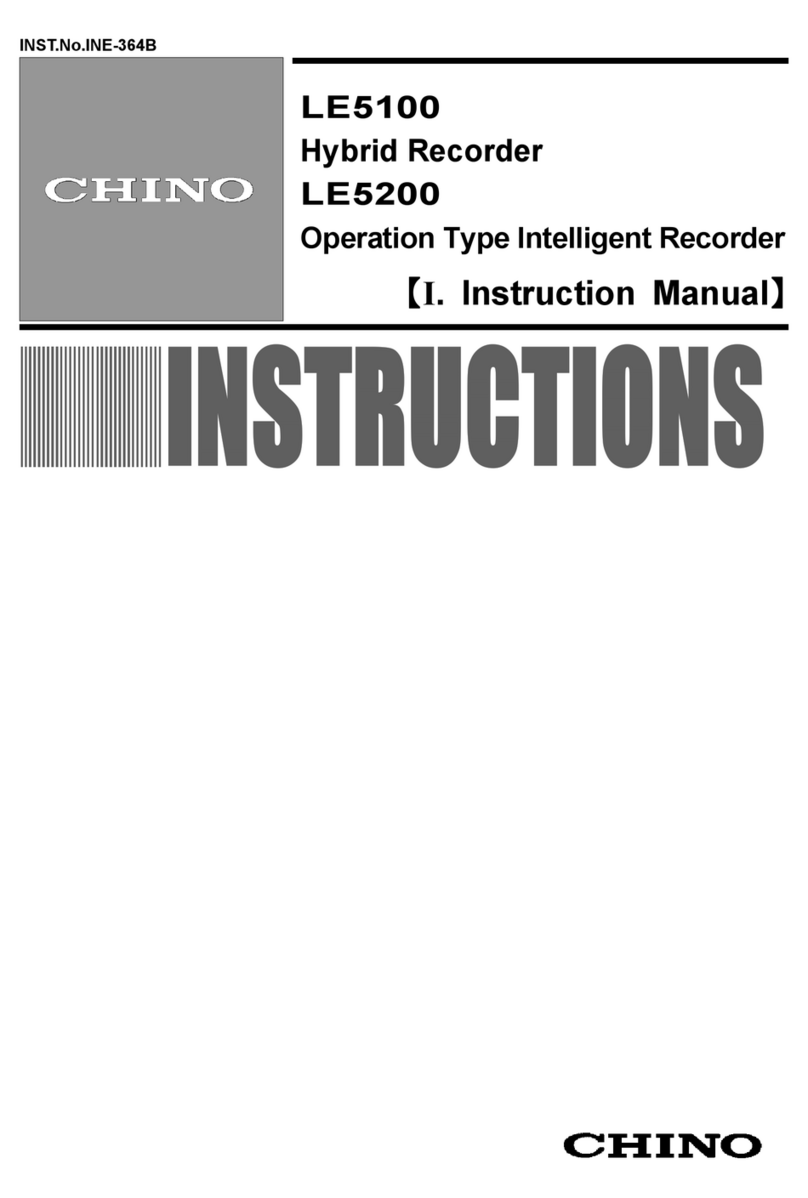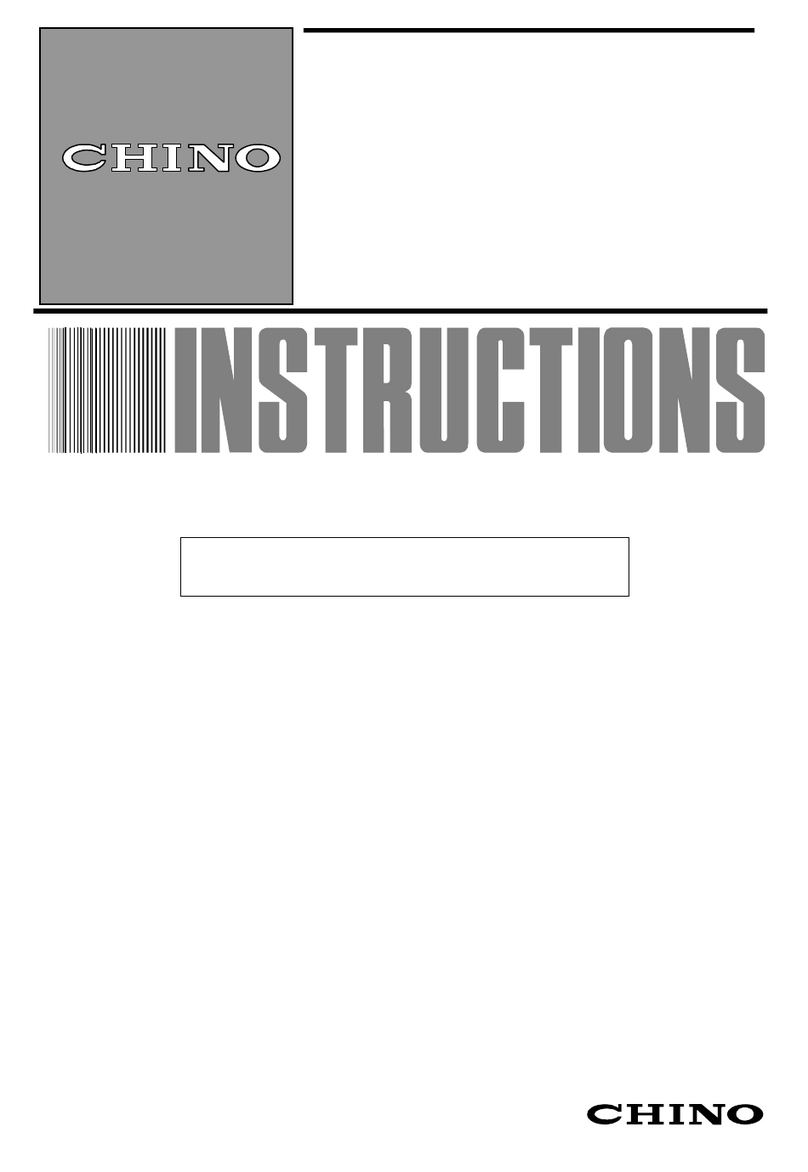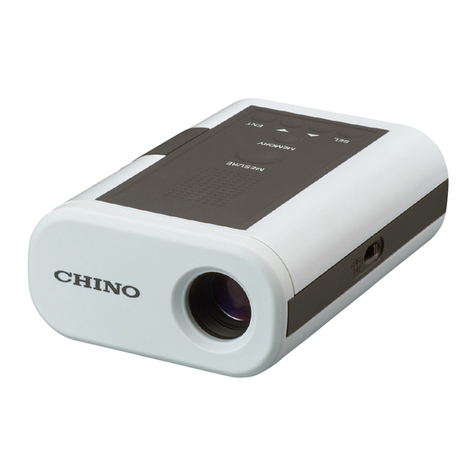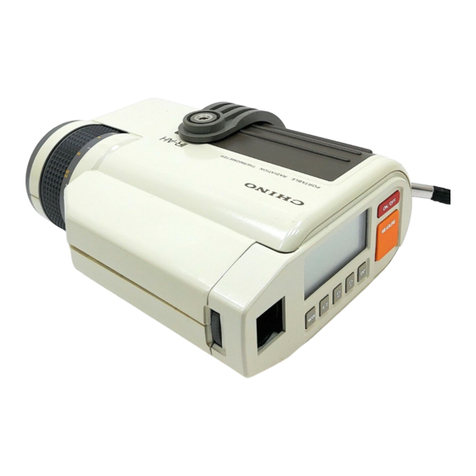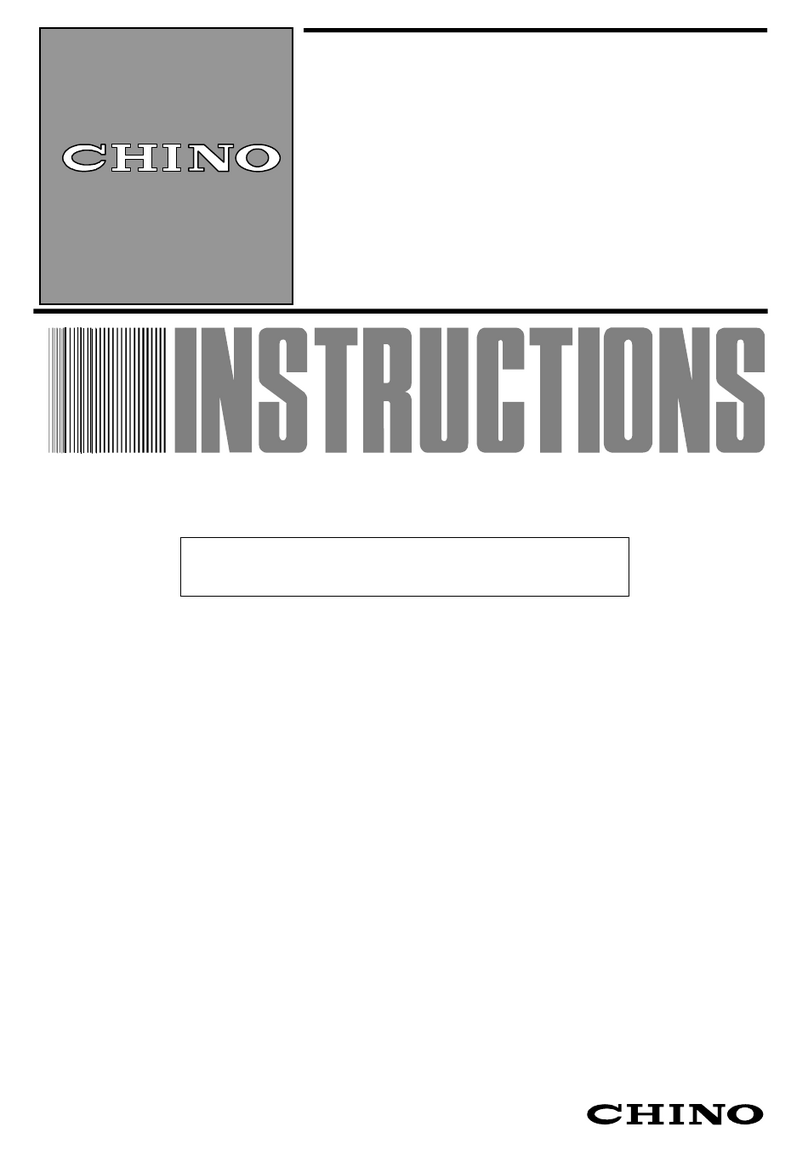
1. Introduction....................................................................................................................1
2. For Safe Use...................................................................................................................4
2-1. Preconditions for Use ......................................................................................................................................... 4
2-2. Symbol Mark....................................................................................................................................................... 4
2-3. Label................................................................................................................................................................... 4
2-4. Important Explanation......................................................................................................................................... 5
3. Model Code List .............................................................................................................6
4. Mounting and Wiring .....................................................................................................7
4-1. External Dimensions........................................................................................................................................... 7
4-2. Mounting............................................................................................................................................................. 7
4-3. Wiring ................................................................................................................................................................. 9
5. Part Names ...................................................................................................................27
5-1. Front Section of Internal Unit............................................................................................................................ 27
5-2. Operation/Set Keys .......................................................................................................................................... 28
6. Operation......................................................................................................................29
6-1. Preparation for Operation ................................................................................................................................. 29
6-2. Basic Operation ................................................................................................................................................ 32
6-3. Operation.......................................................................................................................................................... 37
7. Factory Default Settings..............................................................................................40
7-1. List of Factory Default Settings......................................................................................................................... 40
8. Setting Method.............................................................................................................41
8-1. Basic Rules ...................................................................................................................................................... 41
8-2. Input Type Settings “Range” ............................................................................................................................. 43
8-3. Alarm Settings “Alarm” ..................................................................................................................................... 47
8-4. Calculation Settings “Calc” ............................................................................................................................... 54
8-5. Formula Settings “Formula”.............................................................................................................................. 58
8-6. Broken Line Approximation Table Settings “Seg.Tbl”........................................................................................ 65
8-7. Chart Speed Settings “Chart” ........................................................................................................................... 66
8-8. Time axis synchronization “POC” ..................................................................................................................... 67
8-9. Subtract Printing Settings “Sub Prt”.................................................................................................................. 69
8-10. Periodic (Data Interval) Data Printing Settings “DataInt”................................................................................... 71
8-11. Periodic (Specified Time) Data Printing Settings “PrtTime”............................................................................... 72
8-12. List Printing Settings “ListPrt” ........................................................................................................................... 73
8-13. Message Printing 1 Settings “MsgPrt1” ............................................................................................................ 74
8-14. Message Printing 2 Settings “MsgPrt2” ............................................................................................................ 75
8-15. Recording Format Settings “PrtForm”............................................................................................................... 76
8-16. Auto Range Settings “A.Range” ....................................................................................................................... 77
8-17. Compressed/Expanded Printing Settings “Cmp&Exp”...................................................................................... 79
8-18. Zone Printing Settings “ZonePrt” ...................................................................................................................... 81
8-19. SD Card “SD CARD” ........................................................................................................................................ 83
8-20. USB Engineering Port Settings “USB”.............................................................................................................. 90
8-21. Calendar Timer Settings “Timer”....................................................................................................................... 91
8-22. Fail Output Settings “FailOut” ........................................................................................................................... 92
8-23. Display Settings “Display”................................................................................................................................. 94
8-24. Measured Value Display Order Settings “D.Order”........................................................................................... 95
8-25. Date and Time Settings “Date” ......................................................................................................................... 96
8-26. System Settings “System” ................................................................................................................................ 97
8-27. System Information Display “SysInfo”............................................................................................................... 99
8-28. Soft Dip Switch Settings “SoftDip” .................................................................................................................. 100
9. Adjustment .................................................................................................................102
9-1. Trace Printing Position Adjustment “Rec Adj” ................................................................................................. 102
Table of contents
